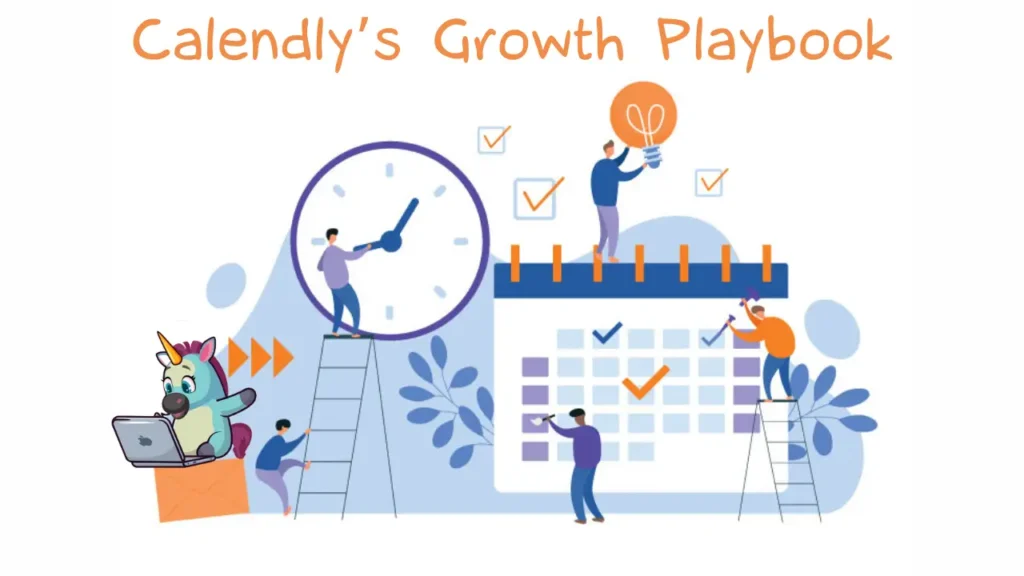
Hey there, growth enthusiasts! 👋
Get ready to dive into the fascinating story of Calendly – the scheduling platform that’s revolutionized how businesses and individuals manage their time. 🗓️
With an impressive $3 billion valuation and a massive user base, Calendly has become the go-to solution for seamless meeting coordination.
But how did this Atlanta-based startup go from a simple idea to a scheduling tool used by millions??
In this piece, we’ll navigate through the highs and lows of Calendly’s expedition, shedding light on the hurdles and choices that fueled their remarkable expansion.
So, grab a coffee, and let’s get started! ☕
The Idea💡

It all started back in 2013 when Calendly’s founder, Tope Awotona, was working as a sales executive.
He found himself constantly frustrated by the time-consuming task of scheduling meetings.
Tope realized that the back-and-forth emails, the endless game of calendar Tetris, and the inevitable double bookings were a productivity nightmare.
That’s when the lightbulb moment struck! 💡
What if there was a way to streamline the scheduling process and make it painless for everyone involved?
With this idea in mind, Tope set out to create a solution that would change the way people schedule meetings forever.
The Problem 😫

Before Calendly came along, scheduling meetings was a real headache.
You’d find yourself trapped in an endless back-and-forth email chain, trying to coordinate a time that worked for everyone involved.
Days would go by, and you’d still be stuck in a cycle of “How about Tuesday at 3?” followed by “Sorry, I can’t make Tuesday. What about Friday?” 🗓️
This time-consuming process was a major productivity drain, affecting businesses and individuals alike.
The MVP 🛠️
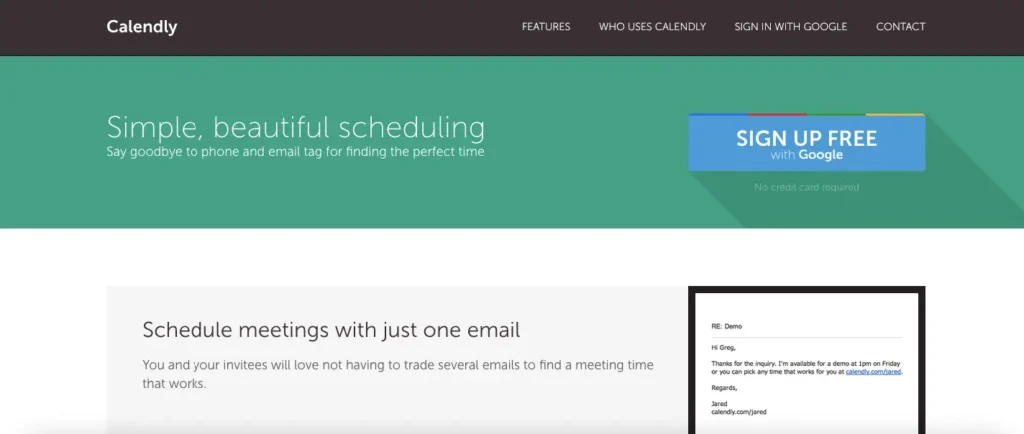
Calendly’s MVP was all about simplicity and efficiency.
Tope and his team knew that for their solution to be effective, it had to be incredibly user-friendly.
They focused on creating a clean, intuitive interface that would make scheduling ridiculously easy.
The MVP allowed users to create a personalized scheduling page where they could set their availability preferences and share the link with others. 🔗
When someone needed to schedule a meeting, they simply clicked the link, select a time slot that worked for them, and voila!
The meeting was booked, and everyone received a calendar invite. 📅
No more endless email chains, no more double bookings.
While the MVP might not have had all the bells and whistles of the current product, it solved the core problem and laid the foundation for Calendly’s future success.
Product-Market Fit 🎯
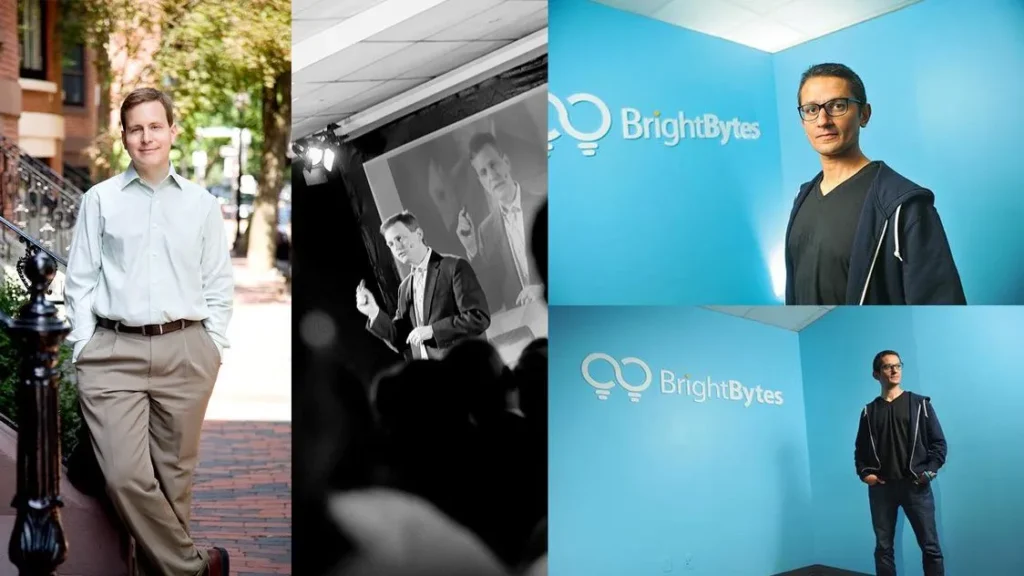
Calendly’s journey to finding its product-market fit started with a single company taking a chance on their scheduling solution.
BrightBytes, a data and analytics platform for schools and colleges, became Calendly’s first client even before the official product launch.
Impressed by the potential of Calendly’s MVP, BrightBytes’ team members began using the tool to streamline their meeting coordination.
But the real magic happened when a school within BrightBytes’ network adopted Calendly for parent-teacher meetings.
This was a game-changer, as it showcased the versatility and value of Calendly’s offering.
As more schools and businesses began to recognize the power of Calendly’s platform, the user base exploded.
The company had tapped into a pain point that resonated with people across various industries, and their product was delivering real results.
Positioning & Branding 🎨📐
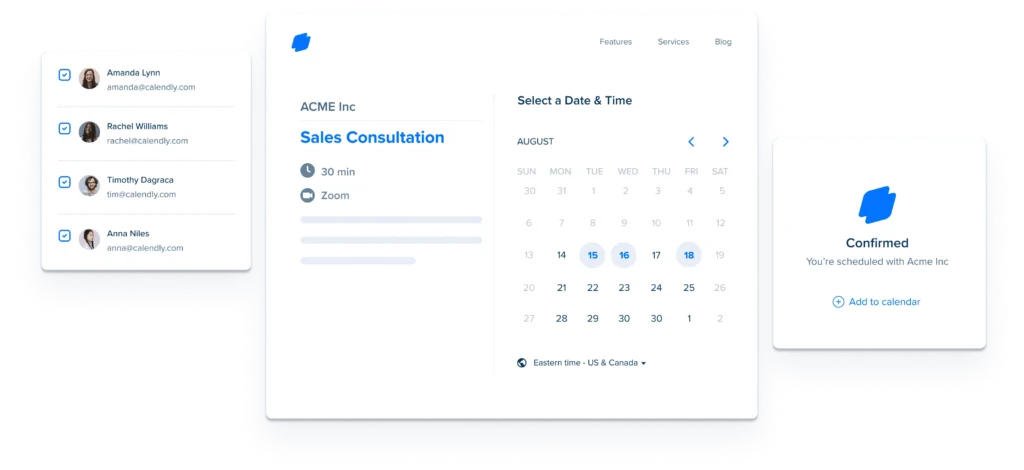
Calendly’s sleek, modern design and intuitive interface reflect their commitment to making scheduling effortless.
In the early 2010s, Apple’s influence on UX design was significant, setting a high bar for simplicity and ease of use. 🍎
Calendly followed this trend, ensuring their product was not only functional but also beautifully designed.
By aligning with the Apple-inspired design standards, Calendly positioned itself as a premium, user-centric brand.
Calendly’s messaging was also spot on and tailored to resonate with its six core user personas: sales, marketing, customer success, recruiting, education, and IT.
- For sales teams, Calendly emphasized how their platform can help close more deals by streamlining the meeting booking process.
- Marketers were drawn to Calendly’s ability to improve campaign coordination and customer engagement.
- Customer success teams appreciated how Calendly can help them provide better support and build stronger relationships with clients.
- Recruiters loved how Calendly simplifies interview scheduling, saving time and reducing no-shows.
- Educators were attracted to Calendly’s potential to streamline parent-teacher conferences and office hours.
- IT professionals valued Calendly’s security features and integrations with other tools.
By crafting targeted messaging for each persona, Calendly has built a loyal following of users across various industries who can’t imagine going back to the chaos of traditional meeting coordination.
Pricing 💰📊
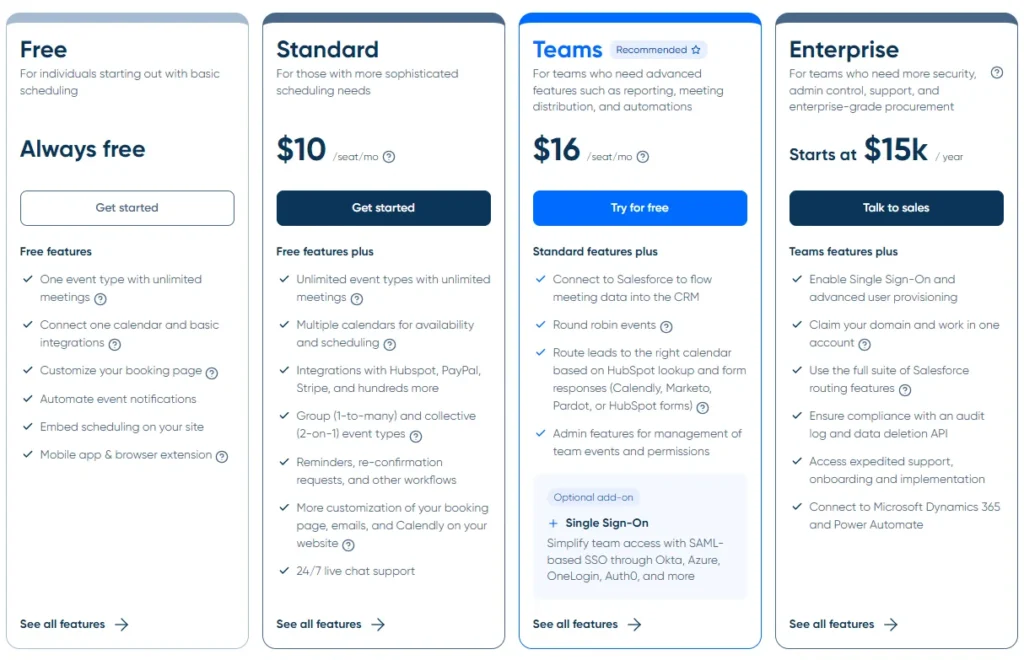
In the early days, Calendly’s founder, Tope Awotona, faced a tough challenge:
He wanted to make the platform accessible to everyone, but he also needed to generate revenue to keep the business afloat.
When Calendly first launched, the company didn’t have the funds to develop a sophisticated pricing model.
As a result, the platform was entirely free, which helped them attract a large user base but made it difficult to monetize.
However, this changed in 2014 when Calendly received a $550K seed investment from Atlanta Ventures. 🌱
With this new funding, Calendly finally had the resources to start experimenting with pricing.
They introduced their first paid plan at $10 per month, which included features like custom branding and integrations.
This was a turning point for the company, as it allowed them to start generating revenue while still offering a robust free plan.
As Calendly continued to grow, it iterated on its pricing model, testing different tiers and price points to find the right balance.
In 2015, they expanded their offerings with a more feature-rich premium plan, which helped them hit $1 million in annual revenue.
Today, Calendly offers a range of pricing options to suit different needs, from a free basic plan to advanced plans for teams and enterprises.
Acquisition 🚀📈
Calendly’s acquisition strategy is all about leveraging organic growth and keeping customer acquisition costs (CAC) low.
Unlike many other companies that rely heavily on paid advertising, Calendly has managed to attract millions of users without spending a dime on ads. 😮
The secret to Calendly’s success lies in its product-led growth approach, the power of word-of-mouth marketing, and its strong presence on LinkedIn and search engines.
Calendly’s user-friendly platform and seamless integration with other tools have made it a favorite among professionals across various industries.
Happy users eagerly share their love for Calendly with colleagues and friends, creating a viral loop that continuously brings in new users.
Calendly’s website is a lead generation machine, with 50% of its traffic coming from direct searches.
They also have a solid SEO strategy, which has helped them rank for over 19,000 keywords and generate an estimated 273,000 monthly visits from organic search alone.
In addition to SEO, LinkedIn has proven to be a goldmine for Calendly, with over 60% of their social media traffic coming from the platform.
By leveraging LinkedIn’s professional network and engaging with their target audience through valuable content, Calendly has established itself as a thought leader in the scheduling space.
By keeping its CAC low and leveraging organic channels like SEO and LinkedIn, Calendly has been able to scale its business while maintaining profitability – a rare feat in the world of SaaS.
Growth Loops 🔄🚀
Calendly’s success can be attributed to a powerful growth loop that has fueled its rapid expansion. This loop, which we’ll call the “Scheduling Loop,” has been instrumental in driving user acquisition, engagement, and retention.
Let’s break it down step by step:
- 🌟 User signs up for Calendly: A new user discovers Calendly through one of its many acquisition channels, such as organic search, referrals, or LinkedIn. They create an account and set up their scheduling preferences.
- 📅 User shares their Calendly link: The user shares their unique Calendly link with clients, colleagues, or anyone else they need to schedule meetings with. This link is included in their email signature, website, or any other relevant communication channels.
- 🔗 Recipients click on the Calendly link: When someone needs to schedule a meeting with the user, they click on the shared Calendly link. They are directed to the user’s Calendly page, where they can view available time slots and select the one that works best for them.
- 📅 Meeting is scheduled: Once the recipient selects a time slot, the meeting is automatically scheduled. Both parties receive a confirmation email with the meeting details and a calendar invite.
- 😍 Recipients discover Calendly: Through the scheduling process, the recipients are exposed to Calendly’s brand and user experience. If they find it valuable and efficient, they may decide to sign up for Calendly themselves.
- 🔁 Loop repeats: As more users sign up for Calendly and share their links with others, the loop continues to drive growth. Each new user has the potential to bring in more users through their own scheduling interactions.
The inherent virality of Calendly is one of its greatest strengths.
By its very nature, the platform is designed to be shared, as users must send their Calendly links to others in order to schedule meetings.
This means that every user becomes a potential brand ambassador, spreading the word about Calendly with each meeting they schedule.
As a result, this loop has been highly effective for Calendly, as evidenced by its impressive user growth and low customer acquisition costs.
Activation 🎬🔥

Calendly’s activation strategy has evolved over time, adapting to the needs of its growing user base and the changing demands of the market.
In the early days, Calendly relied heavily on a self-serve model, allowing users to sign up and start using the platform without any hand-holding.
However, as Calendly began to attract larger teams and enterprises, the company recognized the need for a more hands-on approach to activation.
They started to implement a sales-assisted model, where a dedicated team would reach out to new users and help them get the most out of the platform.
Tope Awotona, Calendly’s founder and CEO, explained the rationale behind this shift in an interview:
“We saw very quickly that, whenever people wanted to roll something out to a larger group, typically, they feel more confident when they can talk to a human being about doing that. A lot of times, the questions I answered for them were questions that were present on our website or our docs. But they wanted to talk to a human being.” 💬
This sales-assisted approach has been particularly effective for Calendly’s enterprise customers, who often require more support and customization to integrate the platform into their existing workflows fully.
By providing a human touch and personalized guidance, Calendly has been able to improve activation rates and ensure that users are getting the most value from the platform.
But Calendly hasn’t forgotten about its self-serve users.
The company continues to invest in improving its onboarding process with clear guides, tutorials, and resources that make it easy for new users to get started on their own.
Retention 🔒❤
From the very beginning, Calendly has prioritized retention over new user acquisition.
While most startups focus solely on growth at all costs, Calendly understood that long-term success depends on keeping users engaged and satisfied with the platform. 😊
To drive retention, Calendly has consistently focused on providing an exceptional user experience.
The platform is designed to be intuitive and easy to use, with a clean interface and seamless integrations with other tools.
By making scheduling effortless and hassle-free, Calendly has been able to keep users coming back again and again.
In addition to a great product, Calendly has also invested heavily in customer support and success.
The dedicated team is always available to help users get the most out of the platform, whether it’s answering questions, troubleshooting issues, or providing guidance on best practices.
Continuous improvement is another key aspect of Calendly’s retention strategy.
The company gathers feedback from users and uses those insights to inform product updates and new features.
By listening to its users and iterating based on their needs, Calendly has been able to stay ahead of the curve and keep users loyal to the platform.
Referral 📣🎉
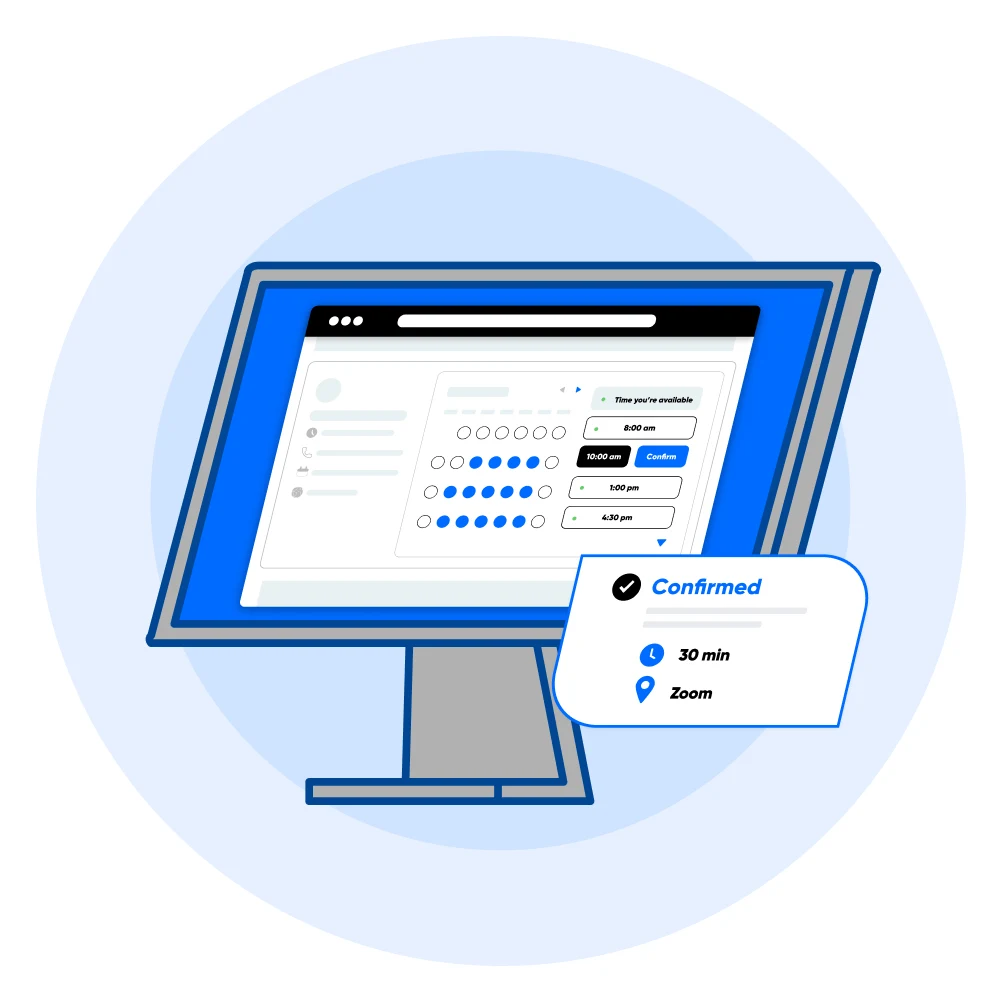
While Calendly does not currently have a traditional referral program, they do offer partnership opportunities for technology companies looking to integrate Calendly’s scheduling functionality into their own platforms.
Through Calendly’s API, partners can incorporate Calendly’s scheduling features, allowing their users to benefit from the industry-leading solution without ever leaving the partner’s site.
Although not a typical referral program, this partnership model enables Calendly to expand its reach and collaborate with other innovative companies in the tech space.
Lessons Learned 🎓
Calendly’s journey from startup to scheduling powerhouse is filled with valuable lessons for entrepreneurs and growth marketers alike.
Let’s dive into some of the key takeaways:
- 🎯 Solve a real problem: Calendly’s success stems from its ability to solve a genuine pain point – the time-consuming and often frustrating process of scheduling meetings. By focusing on a problem that resonated with users, Calendly was able to create a product that people genuinely needed and loved.
- 🌱 Prioritize user experience: From the very beginning, Calendly put user experience at the forefront. By creating a simple, intuitive, and seamless scheduling tool, they were able to attract and retain users, even in a competitive market.
- 📈 Focus on product-led growth: Calendly’s growth strategy relied heavily on the strength of its product. By focusing on creating a great user experience and encouraging organic sharing, Calendly was able to grow rapidly without relying on expensive marketing campaigns.
- 🔄 Leverage virality: Calendly’s scheduling links are inherently shareable, which helped the platform spread quickly. By tapping into the power of virality, Calendly was able to reach new users and grow its user base exponentially.
- 🤝 Adapt to user needs: As Calendly grew, it recognized the need to adapt its strategy to better serve larger teams and enterprises. By implementing a sales-assisted model and offering personalized support, Calendly was able to cater to the needs of its evolving user base.
- 🔧 Continuously improve: Calendly’s success is also a result of its commitment to continuous improvement. By listening to user feedback and iterating on its product, Calendly has been able to stay ahead of the curve and maintain its position as a leader in the scheduling space.
There you have it – the wild, wonderful, and sometimes wacky world of Calendly! 📅
From their humble beginnings as a simple scheduling tool to their current status as a $3 billion behemoth, Calendly has shown us that with a bit of innovation and a whole lot of hustle, anything is possible.
So whether you’re a budding entrepreneur, a seasoned marketer, or just someone who’s tired of playing calendar Tetris, take a page out of Calendly’s book.
Focus on solving real problems, prioritize your users, and don’t be afraid to think outside the box.
And hey, while you’re at it, why not spread the Calendly love?
Share this article with your friends, colleagues, and that one person who always seems to double-book your meetings.
Until next time, keep on hustlin’ and keep on schedulin’!

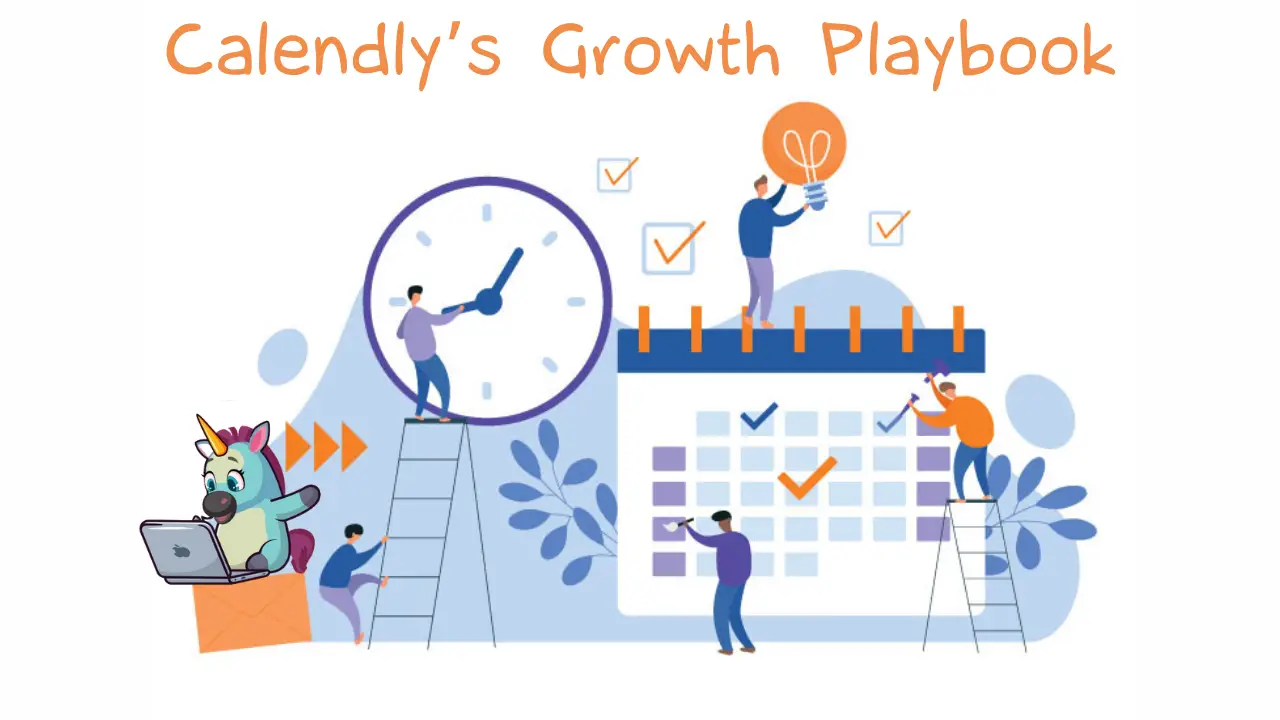
Leave a Reply